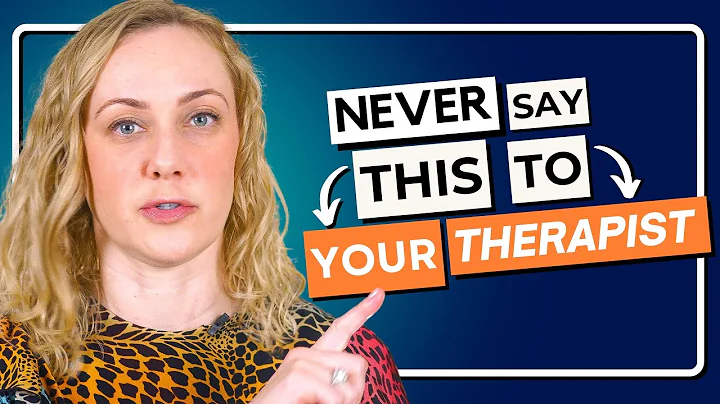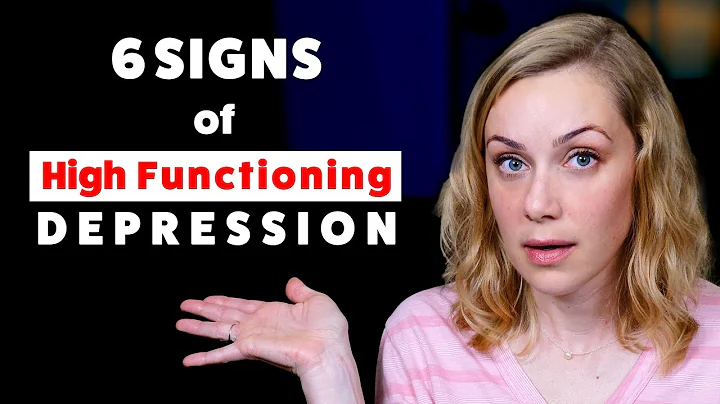The best friend's child has recently entered junior high school - the class is about to select class cadres. If you want to try it, the child replied: I can't even choose it if I try it; if I failed a math test, you asked the child to continue working hard, but the child said: I will never learn math well; the child is about to celebrate his birthday, but he doesn't want to hold a birthday party at all. The reason is: No few classmates will come anyway.
If your child has similar behaviors, maybe he has a tendency to pessimism, which will put parents in more challenges. The book we are going to talk about today provides us with some highly operational methods to help parents teach an optimistic child.
The author of this book is the famous American psychologist Martin Seligman . In 1964, he discovered and proved the existence of "acquired helplessness", which caused a sensation in the entire psychology community. He established the discipline of positive psychology, and is therefore recognized by the world as the "father of positive psychology ". So far, Seligman has published more than 20 psychological books, and has been selling well around the world for 30 years. It has become the most concerned psychologist in the world's top media such as " New York Times ", " Times ", and " News Weekly ". This book "Teaching Optimistic Children" is one of his famous "Selligman Happiness Five", in which he provides parents with a reliable guide to action to cultivate optimistic children.

net image infringement and delete
We will interpret this book from the following two parts:
Part 1 Understanding pessimism
In order to let us clearly understand pessimism, the author first told us why we should stay away from pessimism - pessimism makes people stay in any of the most devastating reasons when they suffer setbacks, and pessimism can also lead to depression, retreat, a lower sense of accomplishment, and an unhealthy body. It has the most serious consequence, which is to suffer from depression .

net image infringement and delete
Then, the author told us where pessimism comes from. One of the sources of pessimism is the wrong way of cultivating self-esteem in the whole society; the second is the pessimism of parents themselves; the third is the pessimistic criticism of adults; and finally, the lack of control experience in childhood can also lead to pessimism.
Part 2 How to teach optimistic children
In this book, the author summarizes the methods of how to cultivate optimistic children into three very operational steps. The first step to teaching an optimistic child is to let the child understand the ABC rules of happiness.
ABC rule, A represents bad events and C represents consequences. We generally believe that A causes C. However, the author wants people to realize that there is a B between A and C. B represents their inner explanation of bad events. That is to say, the consequences are not the bad events themselves, but our views and explanations of bad events. We cannot change bad events, but we can control the consequences by changing the interpretation of bad events.
The second step to teach optimistic children is to teach children to make reasonable explanations of bad events. There are two ways to make a reasonable explanation of bad events. The first is to teach children to avoid explaining bad events from three dimensions: permanent, universal and personal.

net image infringement and delete
Permanently means that the bad things that happen to you will exist permanently or continue to happen. What we need to do is to let pessimistic children convert permanent explanations into temporary explanations. It means to make the child believe that the reasons for bad things are only temporary and bad things will not exist forever.
Universality means that children will infinitely extend the boundary of a bad event, thereby infinitely increasing the impact of this bad event on their own life and even their life. What we need to do is try to transform the universal explanation of children into specific explanations, that is, to determine the influence of bad events and prevent children from infinitely expanding the influence of bad events.
Personalization refers to the child attributes the reasons for the bad incident to himself, that is, the internal cause. As parents, we must make our children neither shirking responsibility nor blaming themselves.Parents can use a very interesting method - " drawing big cake game" to help children objectively analyze the causes of bad events.

net image infringement and delete
The second way to make a reasonable explanation of bad events is self-refutation. The method of teaching children to refute themselves is very simple, which is to ask the children to ask themselves three questions immediately. The first question is "what is the worst case that can happen", the second question is "what is the best case that can happen?", and the third question is "what is the most likely case." When the child gives three corresponding answers, a "counterattack plan" is formulated for each possibility.
The third step to teach optimistic children is to teach children to truly solve problems. Solving problems requires five steps. The first step is to slow down, that is, to convert "irritable thinking" into "calm thinking". The second step is to take the other person's point of view, the method is to observe the other person's expression, ask questions directly, and play character exchange games; the third step is to establish goals, that is, let the child determine what he wants to happen; the fourth step is to choose a path, which is very simple, that is, list the advantages and disadvantages for each path, and then choose the path with more advantages and fewer disadvantages. The fifth step is to verify whether the method is effective. If it is invalid, you can choose another way to try again.
share a book every day, I am complaining about Lao Deng












